Runners unite! While running is a loved past time for many, there are some common challenges most runners face. Tying your shoelaces the right way? Beating shin splints? We have the expert advice you need.
When it comes to injuries, if you’re a runner, chances are you may have experienced a slight (or not so slight) twinge or pain in neck, or ankle, or knee, or shin….we’ll get your body happy and pain-free.
Tying your Shoelaces
Don’t roll your eyes, we KNOW you can tie your laces!
But hear us out – I bet you can lace your shoes BETTER than you do now. And this method will make your feet wayyyyyyyy more comfortable during workouts. We promise!
Choosing the Right Running Shoes
With the wide range of running shoes on the market today, choosing the right pair can seem like quantum physics. But if you’re toying with the idea of using the “no shoes” excuse to skip your workout, you’re out of luck. Our running shoe buying guide makes it so easy, you could be pounding the pavement within a couple of hours.
Shin Splints
What are shin splints?
The term ‘shin splints’ refers to any pain felt down the front or inside of the shin bone when walking, and worse when running. It’s caused by inflammation in the muscles, tendons or around the bones in your shins.
They’re often a result of sudden increases in mileage, running on hard surfaces, worn out or unsuitable shoes, overpronation or weak calves.
I have shin pain! Is it definitely shin splints?
Other forms of shin pain that present similarly and need to be ruled out include stress fractures, stress reaction, myositis or tendonitis, acute and chronic compartment syndrome and nerve impingement. See your doctor or physio – you might need an x-ray or further testing.
I have shin splints! What can I do?
If you need more hands-on exercise advice you could see a physio or podiatrist. In the meantime:
- Reduce your running. Try other cardio exercise such as walking, swimming, deep water running and cycling.
- Wear appropriate running shoes – consult a running shoe shop specialist .
- Ice your shins several times a day for 10 minutes at a time.
- Self-massage your shins and calves before and after your runs.
- Strengthen your calves daily by doing standing calf raises.
- Mix up the running surfaces so that you’re mostly running on soft surfaces instead of concrete footpaths.
[Related: Strength Exercises for runners]

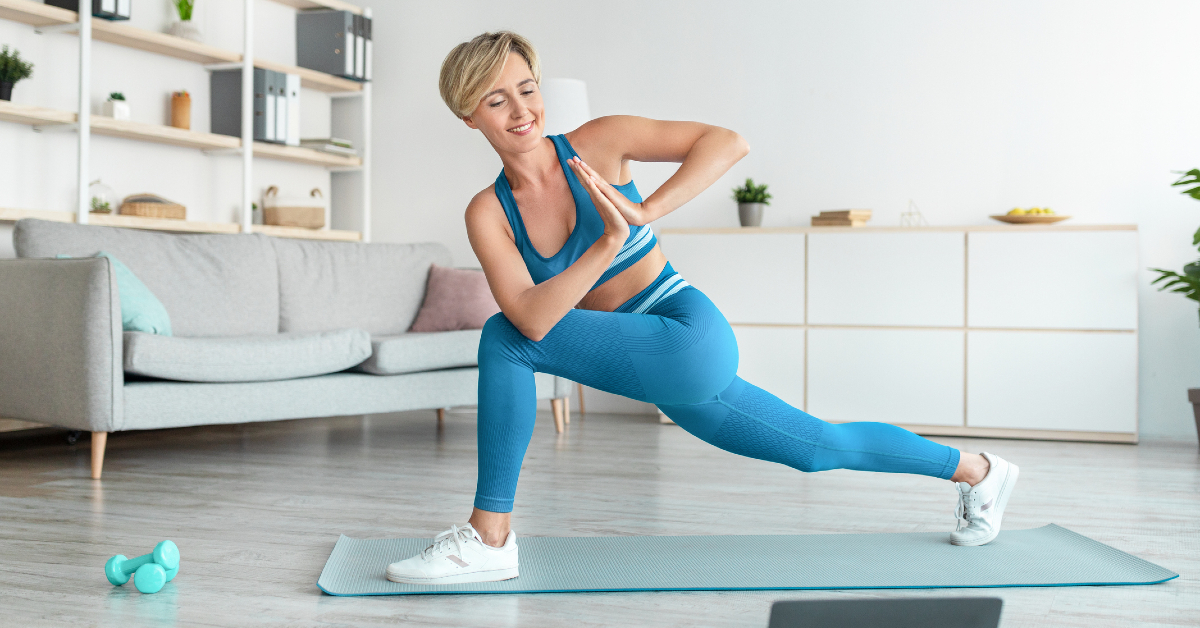

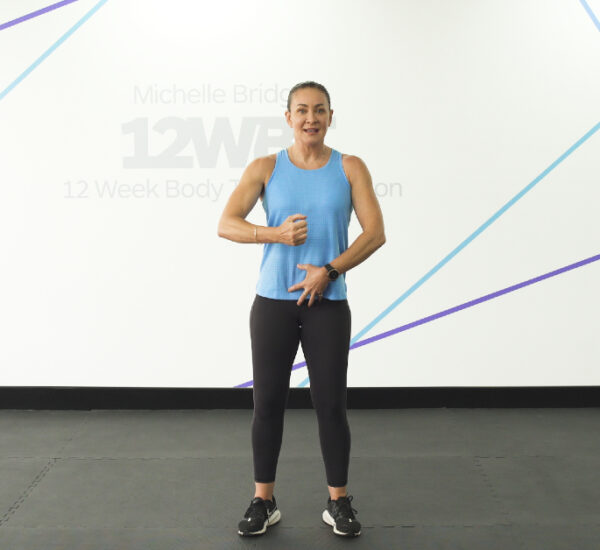
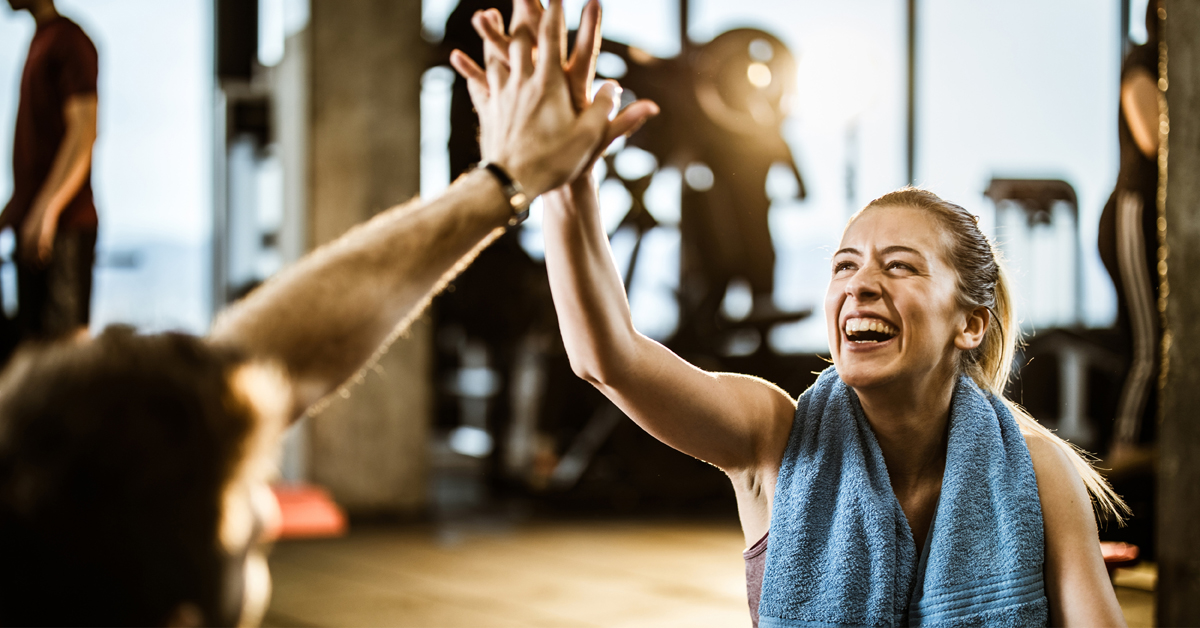
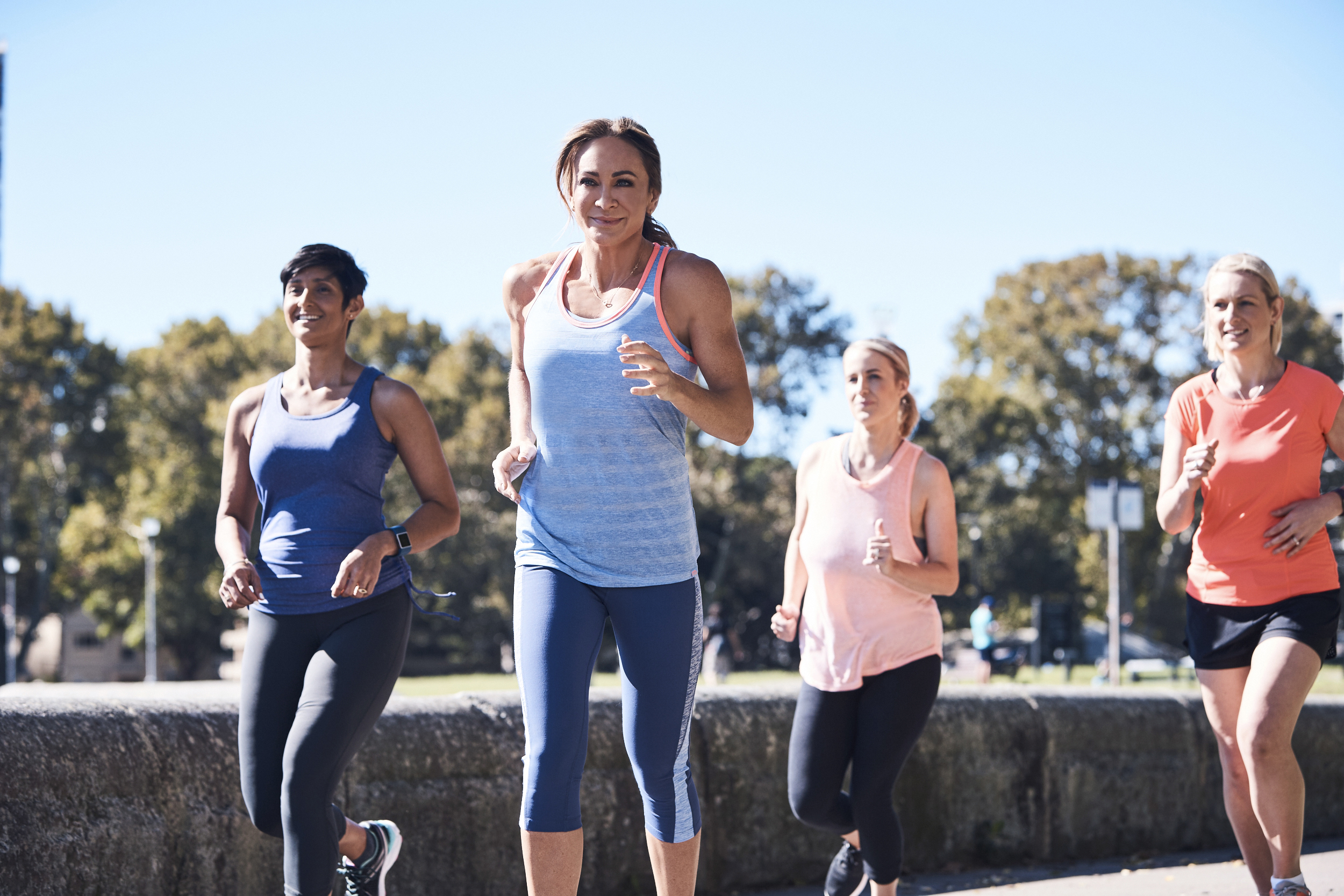
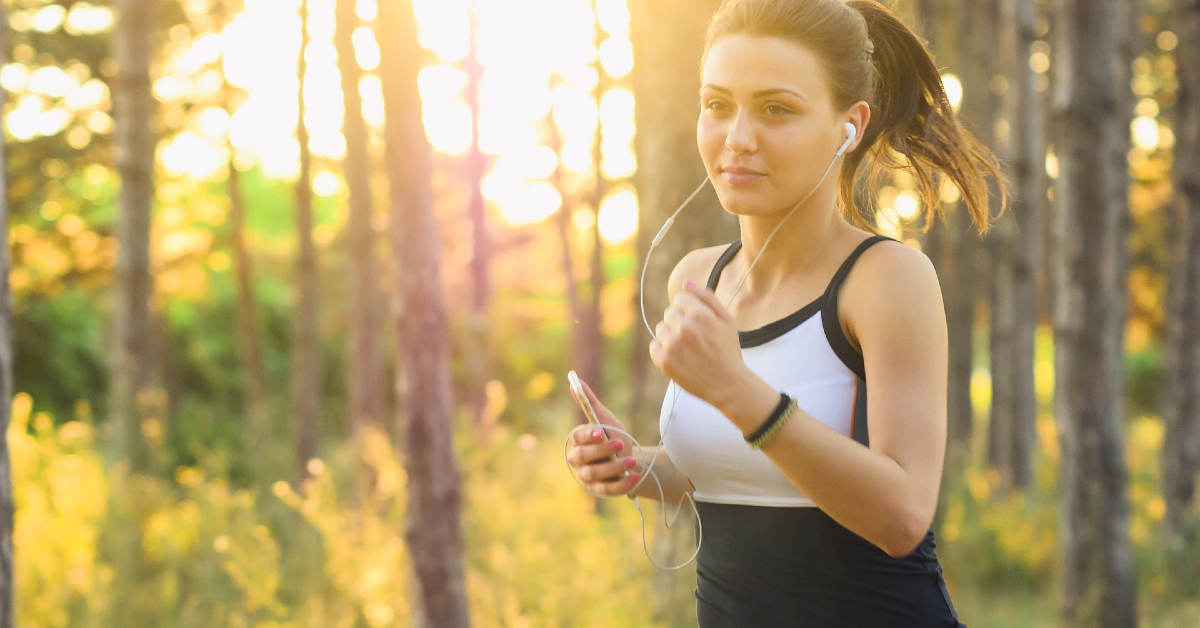








Great article Danielle, thank you. My problem however, is not shin splints, but my upper thighs – particularly at the front and sides. I mostly worrk out in the mornings, then sit on the bus for an hour travelling to work. I can barely walk when I get off! Likewise if I sit for awhile (sedatary job) I can’t walk when I get up! I often wake up in pain if I lie on my side. I don’t experience pain when actually working out (ie squatting, lunging,running). Any ideas on what the cause is and tips on how to overcome it.
Thanks so much.
Hi Liz,
It sounds like it is time to make good friends with a foam roller! Make sure you first complete all your workout stretches as prescribed, and then spare a few minutes on a roller focusing on your quads, hamstrings, ITB’s, glutes and hip flexors in particular. Try to keep moving throughout the day. If you spend all day sitting at a desk, ride the bus to work standing up…or at least swap seats a few times to get your circulation going. The Heart Foundation recommends we stand up and shake things about every 30 minutes, so set your timer at your desk and make a point of doing just that – even if it’s just to throw something in the rubbish bin or get some water. Sufficient hydration and magnesium supplements can help with muscle pain and cramps overnight, however if you’re experiencing acute or unexplained pain, it’s always a good idea to have a medical professional check things out for you. Wishing you all the best!